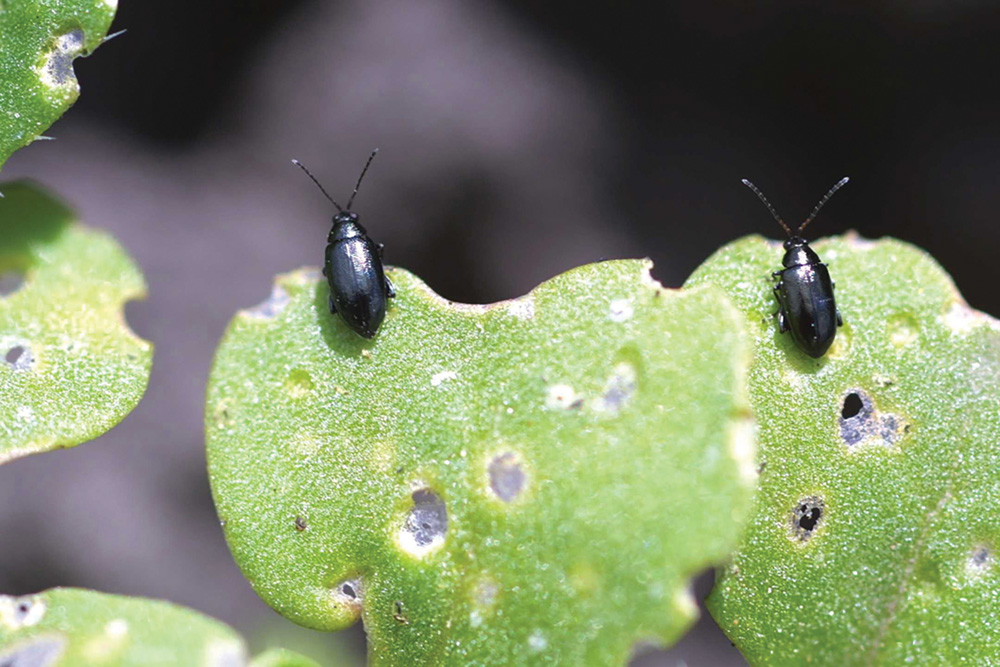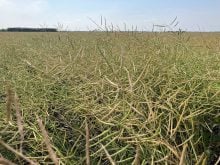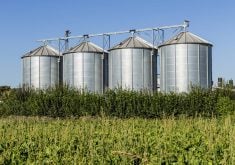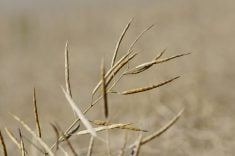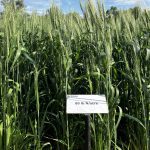If you’re a Prairie farmer on Twitter, you’ve probably seen the posts.
In the background, a stand of canola languishes, pock-marked with flea beetle feeding. The producer is on a second foliar pass, or maybe third or fourth.
Spring 2022 has given growers another frustrating year for flea beetles after a wet and delayed seeding season where many struggled to plant.
Read Also

Pig shipments to U.S. slow as new COOL looms
A Manitoba pork marketer says some U.S. processors have shut their doors to Canadian pigs as enforcement of U.S. voluntary country of origin labelling (vCOOL) looms.
Unfortunately, experts don’t have much to add when it comes to managing the bane of the beetle.
Why it matters: Producers are becoming more frustrated with a flea beetle management toolbox that is below expectations.
“There isn’t anything new that I can offer up and say, ‘here is a solution, given that what you’re doing isn’t completely managing things the way you would like,’” said provincial entomologist John Gavloski.
Experts including Gavloski and those from the Canola Council of Canada have been “getting together to try and figure out what is needed as far as research goes and what do we tell growers,” he said.
Current research is looking at stem feeding or re-evaluating economic thresholds, he noted. Other projects are looking at biological control and the role of natural enemies. Researchers are testing lures for the beetles or assessing possible impacts of landscape.
“Things like shelterbelts and woody areas, do they maybe reduce the feeding or increase it? There’s people studying all of those questions,” Gavloski said.
While new seed treatments have come to the market, no major breakthroughs have been announced.
“We don’t have a beetle-specific, really targeted and effective insecticide — nothing really new for foliar insecticides in a long time to add to the list,” Gavloski said.
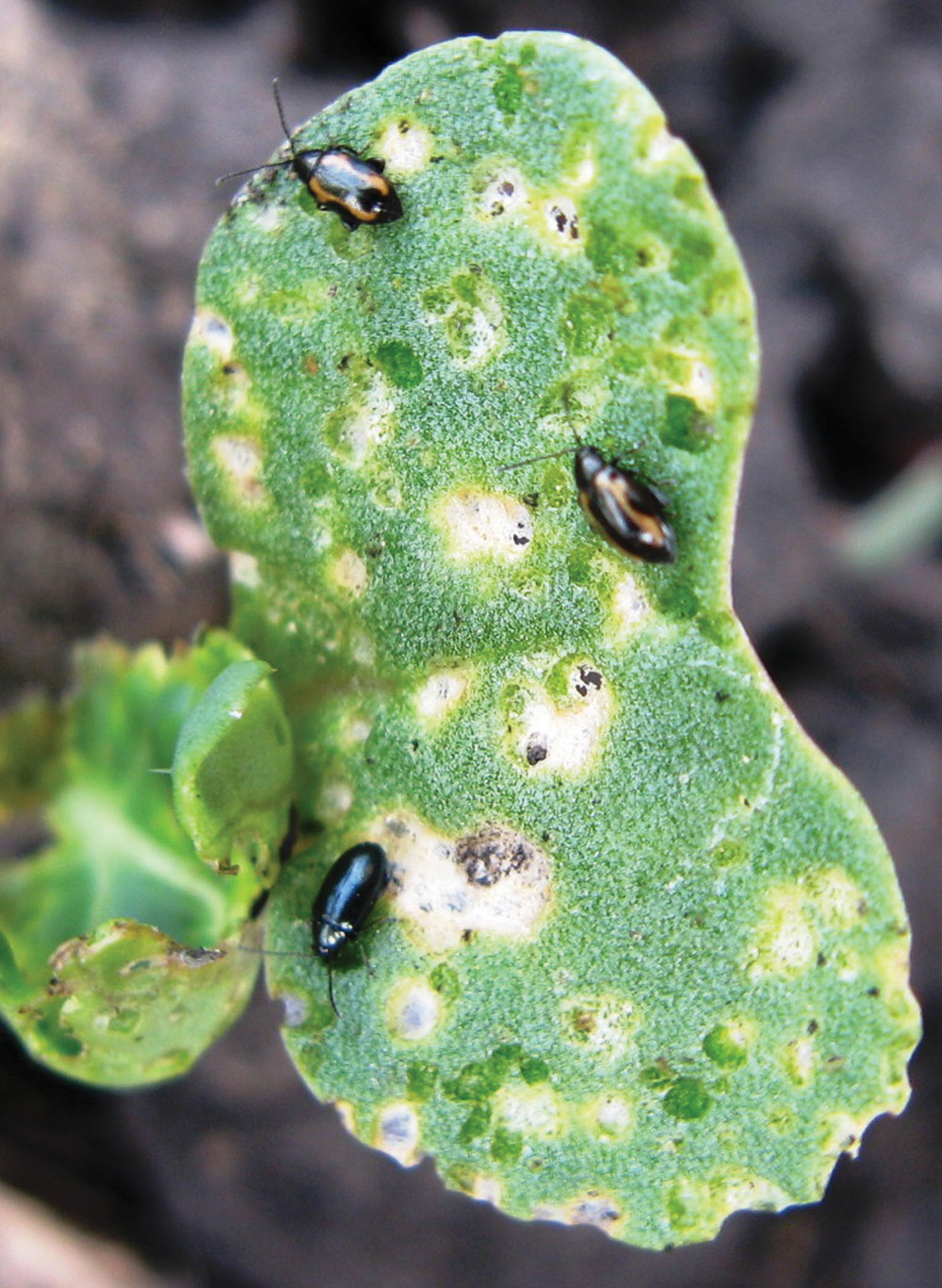
Agronomy still on top
The best advice, according to the experts, relates to agronomy.
“It is tough,” Courtney Boyachek, agronomy specialist with the Canola Council of Canada, admitted.
“I think it’s just important if you’re using some sort of insecticide seed treatment to be rotating if you can — rotating what you’re using,” she said. “Looking into your tillage practices, direct seeding creates more of a microclimate that is less than ideal for flea beetles.”
Seeding date and seeding rate also make the list of common flea beetle management advice.
Producers in recent years have been told to delay seeding, which has often worked out well for growers, specialists noted. Canola has a more generous maximum yield potential window and seed planted into warmer soil may sprout and grow more quickly through its vulnerable stage between cotyledon and fourth leaf.
“For me, it’s getting the crop out, growing fast,” said Ellis Clayton, agronomist with Corteva. “Planting in good conditions, warm soils, making sure your plant population is at the proper rate. If you’re going into tougher conditions, it’s increasing your seeding rate. Use good hybrids that have good vigour and jump out of the ground and, of course, use the best seed treatments you can in the marketplace.
“Right now, that’s all the tools in the toolbox and I know that’s what they’re frustrated about,” he added.
A good seedbed was hard to come by this year.
Snow and rain in April and May pushed back seeding through much of the province. At the end of May, only 40 per cent of the province’s acres had been sown, compared to 91 per cent on average over the previous five years.
“We had all the rain and the cooler temperatures, so the canola popped out of the ground and then it just didn’t really move, which created a bit of a buffet for flea beetles,” Boyachek said.

She also echoed the common advice on bumping seeding rate, although she acknowledged that comes with cost.
Clayton also noted the quirks of managing striped flea beetle, a species that has been encroaching on crucifer flea beetles in Manitoba in recent years.
“I’d say that it’s predominantly striped flea beetles now and they seem to take a little bit more chewing to die, so that adds to the complication of it all,” he said. “They’re likely a bit more active in cooler conditions too.”
Under those cooler conditions, plants don’t grow as aggressively and are slower to escape their vulnerable stage, he added.
Producers may also want to be aggressive on scouting this year. The scope of flea beetle issues in Manitoba should encourage producers to react swiftly once damage reaches the 25 per cent economic threshold, Boyachek said.
“The sooner you can get out there and get control of it, the better,” she said. “This year we didn’t necessarily have the opportunity to re-seed, so the guys that did spray a little bit earlier, they did end up a little bit more on top.”
Smaller toolbox?
While flea beetle management is falling below expectations, growers might also wonder whether that toolbox will be winnowed further in the future.
Debate over neonicotinoid pesticides continues to rage in government regulatory spheres.
While not directly affecting Canadian regulations, industry watchers noted a June 16 decision by the U.S. Environmental Protection Agency (EPA). That evaluation of clothianidin, imidacloprid and thiamethoxam found that they were “likely to adversely affect” 67 to 79 per cent of species listed in the evaluation.
The EPA said it would launch consultations with the U.S. Fish and Wildlife Branch Service and the National Marine Fisheries Service. Those will inform those services’ official opinions on potential impact to various species, which could, in turn, bring possible EPA restrictions on those chemistries.
The EPA expects to issue interim decisions on use of those chemistries next year.
Gavloski doesn’t see a loss of those tools in Canada in the near future.
“There was a review done recently by the PMRA (Health Canada’s Pest Management Regulatory Agency) and they did put some restrictions on the use of neonics, but they were more with some of the foliar uses,” he said.
“Things can change but given that we have had a recent review, I don’t think there is any imminent danger of losing those products.”
In March and May 2021, Canada’s regulators completed their own evaluations on the same three chemistries. Those evaluations led to restrictions or bans of their use in corn, potatoes and other vegetables, but did not significantly impact canola.


